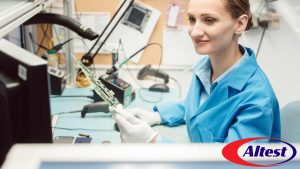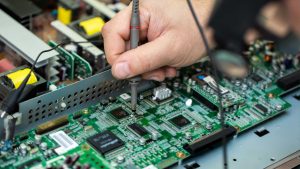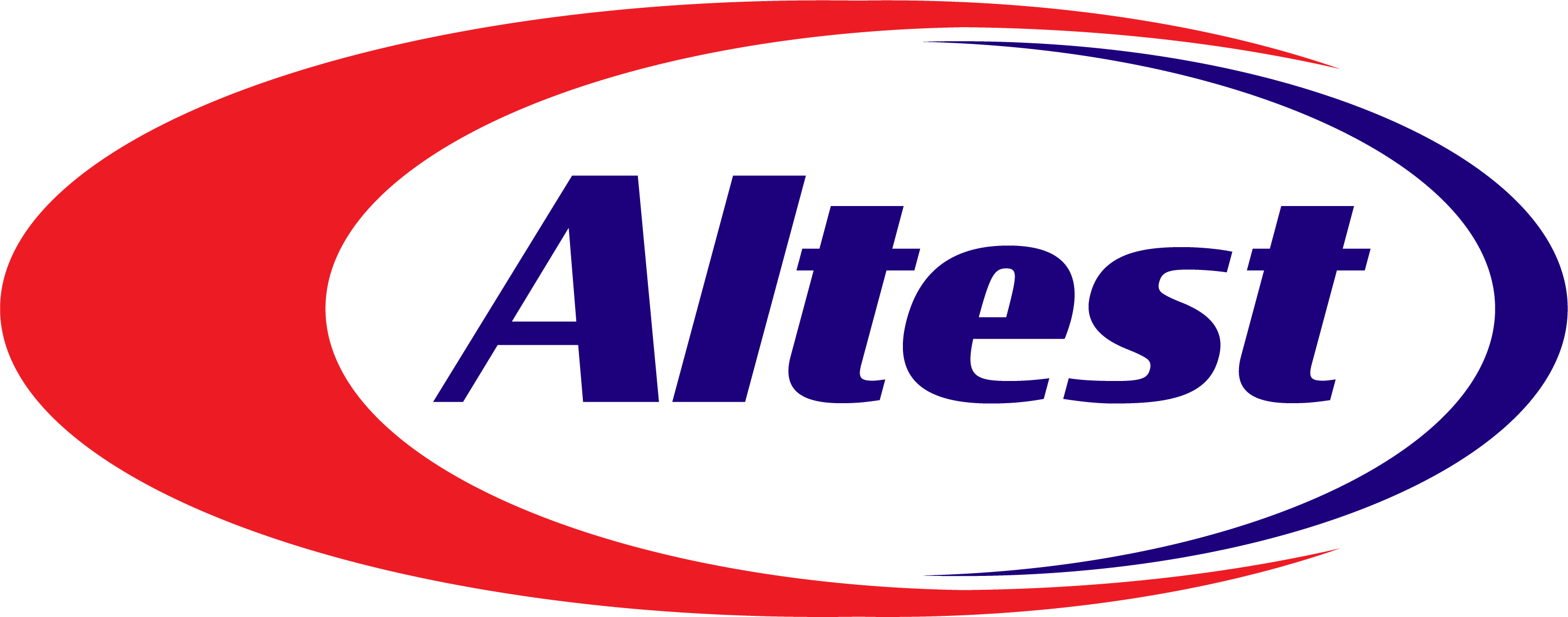Have you ever wondered how the electronic devices you use daily come to life? The magic happens through Printed Circuit Boards (PCBs), and it’s essential to understand that creating these boards involves two pivotal processes—PCB Fabrication and PCB Assembly. These two processes, while interconnected, serve very different purposes. Today, we’ll demystify the differences between PCB assembly and PCB fabrication and explore why each step is vital in producing high-quality PCBs.
What is PCB Fabrication?
The Foundation of PCB Creation
PCB Fabrication is the foundational process that transforms raw materials into the physical structure of a Printed Circuit Board. It involves several steps that convert a schematic diagram into a tangible board. This process lays down the framework for the electronic components that will be added later.

Key Steps in PCB Fabrication
Design and Layout:
The first step in PCB fabrication involves designing the board layout using specialized software. Engineers create a schematic diagram that outlines the pathways for electrical currents.
Material Selection:
Choosing the right materials, such as copper-clad laminates, is crucial for the board’s durability and functionality.
Layering and Etching:
The materials are layered, and unwanted copper is etched away to create the circuit pathways. This ensures that only the necessary copper remains.
Importance of PCB Fabrication
Without proper fabrication, the structural integrity and functionality of the PCB would be compromised. This foundational step ensures that the board can support and connect electronic components effectively.
What is PCB Assembly?
The Heart of Bringing Electronics to Life
PCB Assembly is the process that breathes life into the fabricated boards by attaching the electronic components. This step involves placing and soldering components like resistors, capacitors, and integrated circuits onto the board.

Key Steps in PCB Assembly
Component Placement:
Using pick-and-place machines, components are accurately positioned on the board based on the design specifications.
Soldering:
The placed components are then soldered onto the board to secure them and establish electrical connections. Techniques include wave soldering and reflow soldering.
Inspection and Testing:
After assembly, the boards undergo rigorous inspection and testing to ensure functionality and reliability. Automated Optical Inspection (AOI) and In-Circuit Testing (ICT) are commonly used.
Importance of PCB Assembly
PCB assembly is crucial because it determines the performance and reliability of the final electronic device. Proper assembly ensures that all components work harmoniously, delivering the intended functionality.
The Synergy Between Fabrication and Assembly
How They Complement Each Other
While PCB fabrication sets the stage, PCB assembly completes the performance. Both processes must work in harmony to produce a functional and reliable PCB. A well-fabricated board with poor assembly won’t perform well, and vice versa.
Real-World Example
Consider your smartphone. The intricate circuits that allow you to make calls and browse the internet were first fabricated to create the board structure. Then, during assembly, essential components like the processor and memory chips were added, making it a capable device.
Exploring the Materials Used in PCB Fabrication
Essential Materials
Copper Clad Laminates:
These are the primary materials used for creating the conductive pathways.
Prepregs:
These layers provide insulation between the conductive layers.
Solder Mask:
This protective layer prevents solder bridges during component placement.
Why Material Quality Matters
Using high-quality materials ensures that the PCB can withstand various environmental conditions and maintain performance over time.
Techniques in PCB Fabrication
Photolithography
This technique uses light to transfer the circuit design onto the board material. It’s highly precise, allowing for intricate designs.
Drilling
Precision drilling machines create holes for component leads and vias, which connect different layers of the PCB.
Plating
Electroplating adds a thin layer of metal to the drilled holes, ensuring good electrical conductivity.
Techniques in PCB Assembly
Surface Mount Technology (SMT)
SMT involves placing components directly onto the surface of the PCB. It’s widely used for its efficiency and ability to handle small components.
Through-Hole Technology
In this traditional method, component leads are inserted into drilled holes and soldered. It’s still used for components that require strong mechanical bonds.
Hybrid Assembly
Combining SMT and Through-Hole Technology, hybrid assembly leverages the strengths of both techniques for complex boards.
Quality Control in PCB Fabrication
Visual Inspection
Human inspectors check for obvious defects, such as misaligned layers or incomplete etching.
Electrical Testing
This involves checking the continuity of the circuits to ensure that there are no shorts or open circuits.
Environmental Testing
Boards are subjected to extreme conditions to test their durability and performance under stress.
Quality Control in PCB Assembly
Automated Optical Inspection (AOI)
AOI machines use cameras to inspect the board for missing, misaligned, or damaged components.
X-Ray Inspection
X-ray machines can see through the board to check for hidden defects, such as voids in solder joints.
Functional Testing
The assembled board is tested to ensure it performs the intended functions correctly.
Common Challenges in PCB Fabrication
Material Defects
Defects in the raw materials can lead to issues such as poor insulation or inadequate conductivity.
Alignment Issues
Misaligned layers can cause short circuits or other functional problems.
Etching Errors
Incomplete or excessive etching can compromise the board’s integrity.
Common Challenges in PCB Assembly
Component Misplacement
Even a slight misplacement can affect the board’s functionality.
Soldering Issues
Poor solder joints can lead to unreliable connections and potential failures.
Thermal Stress
Components can be damaged by excessive heat during the soldering process.
Innovations in PCB Fabrication and Assembly
Advanced Materials
Research into new materials aims to create more durable and efficient PCBs.
Automation
Increased automation in both fabrication and assembly processes improves accuracy and reduces human error.
Miniaturization
Ongoing advancements are enabling the production of smaller and more powerful PCBs, crucial for modern electronics.
Conclusion
Understanding the differences between PCB assembly and PCB fabrication is essential for anyone involved in electronics manufacturing. Each process plays a critical role in creating high-quality, reliable PCBs. From laying the groundwork with fabrication to bringing the board to life with assembly, these steps ensure that our electronic devices perform flawlessly.
Want to learn more about optimizing PCB production? Continue exploring our resources or reach out to our team of experts for personalized guidance.
